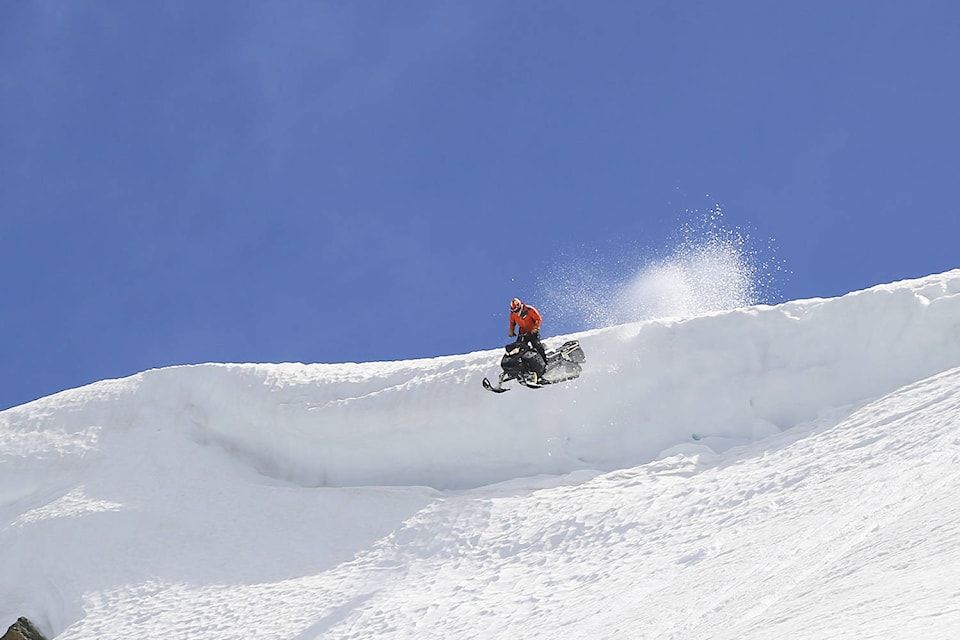There has been an ominous rise in snowpack levels across the Okanagan Valley, according to the BC River Forecast Centre.
David Campbell, section head of the River Forecast Centre, said snowpack levels as of Feb. 1 in the Okanagan are 131 per cent of normal, and in the Similkameen that level is 135 per cent.
“There is certainly some concern there as we see those figures start to creep up with having seen about two-thirds of the snow we expect to see this winter season,” Campbell said.
“It’s certainly something we’ll have to watch closely. In the back of our minds was that last year, we were at 78 per cent of normal and we saw how things rapidly changed in March and into April.”
Last year, concerns of a drought year caused the dam release from Okanagan Lake to be slowed down, but the sudden change with rain and snow through March and April left the dam unable to keep up with the rising water level.
Campbell said higher snowpack levels don’t automatically translate to flooding, as other factors play into that as well such as precipitation levels speeding up the snow melting process and groundwater saturation that prevents normal run-off absorption.
“Groundwater levels are not something we specifically monitor but it does have an effect on the melting snow coming from the higher elevations in the spring,” he said.
Related: High snowpack for the Okanagan
At the Okanagan Basin Water Board meeting on Tuesday in Kelowna, executive director Anna Warwick Sears gave a snowpack level update and a predicted forecast of moderate to below normal temperatures through April and above normal precipitation.
That is consistent with the ongoing La Nina weather conditions, which registers in B.C. generally as typically colder and wetter than normal.
Warwick Sears said the long-term trend of less snow in the mountains and more precipitation or ‘wet snow’ contributes to ground-level saturation.
“We want the snow up in the mountains rather than down here in the valley,” Warwick Sears said.
To report a typo, email: edit@kelownacapnews.com.
<>@BarryGerding
barry.gerding@blackpress.ca
Like us on Facebook and follow us on Twitter.
